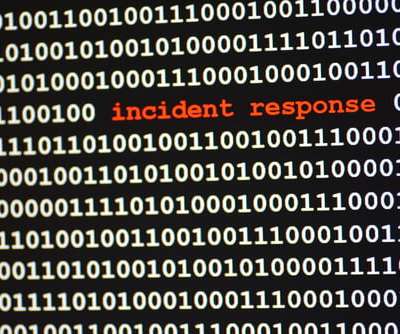Report: SMEs Are Prime Targets and Must Plan for Disaster Recovery
SecureWorld News
NOVEMBER 3, 2022
Here's an alarming stat from Accenture: more than one-third of cyberattacks are aimed at small businesses, but only 14% of them are prepared to defend themselves. The pandemic, geopolitical factors, and the new hybrid/work-from-home landscape put midsize companies at 500% more risk of being targeted in 2021. The key is to minimize any damage.














Let's personalize your content